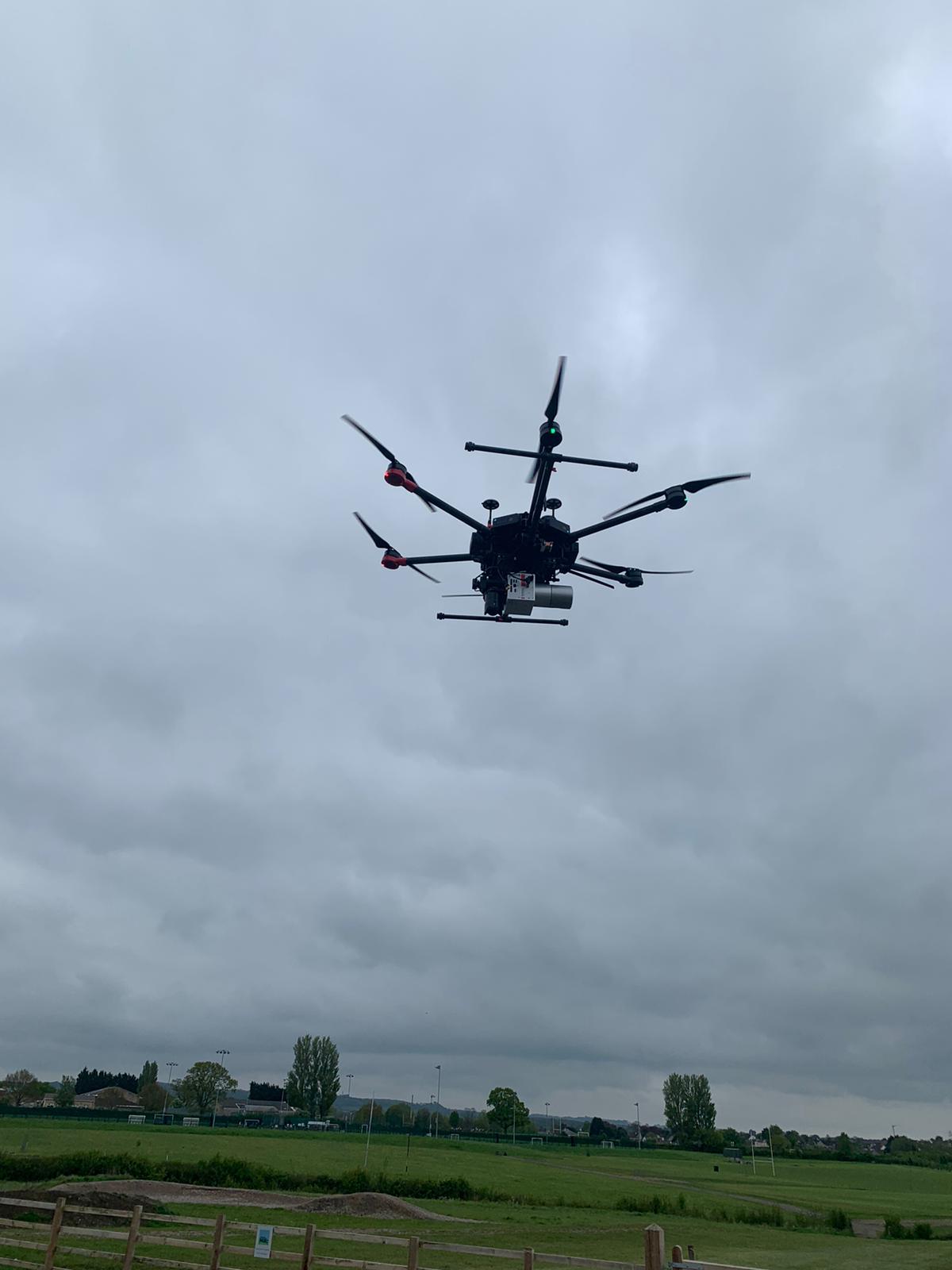The construction industry has rather long been synonymous along with innovation and scientific advancement, but latest developments in drone surveying took this kind of transformation to new heights. As tasks become more intricate and demanding, experts are turning in order to drones for their very own ability to streamline processes and increase accuracy. This change not only boosts productivity but furthermore offers significant expense savings, making that a good option for businesses planning to stay competitive within a swiftly evolving market.
Drone surveying is emerging as a game-changer around various sectors, coming from agriculture to devastation management. By taking the power regarding aerial technology, building professionals can now collect vast amounts of data quickly and effectively, allowing for even more informed decision-making all through the project lifecycle. The benefits of incorporating drones directly into surveying practices will be profound, setting typically the stage for a future where standard methods are increasingly complemented—or even replaced—by high-tech solutions personalized to meet modern demands.
Revolutionizing Construction along with Drones
Drones are altering the construction industry by providing innovative solutions that improve the two efficiency and precision. Traditional surveying procedures often involve time-consuming and labor-intensive procedures, whereas drone surveying offers a streamlined alternate. By capturing https://www.dreamlandsdesign.com/why-realtors-choosing-drone-services-survey-their-land/ and generating precise topographical maps, drones allow construction professionals in order to access data of which is essential with regard to effective planning in addition to execution. This progression not simply reduces the time invested in web-site but also improves the overall workflow during all phases involving construction projects.
One involving the key benefits of using drones for surveying is their ability to be able to collect data quickly and safely by hard-to-reach areas. Along with the capability to include large expanses inside of a fraction involving the time as opposed to ground research, drones significantly reduce safety risks related to manual surveying in hazardous environments. In addition, the integration regarding advanced technologies such as 3D mapping plus LiDAR allows regarding highly detailed and accurate models, which in turn facilitate improved decision-making and resource allowance throughout the job lifecycle.
Additionally, the mélange of drone technologies in construction stimulates better communication and collaboration among stakeholders. Real-time data and visualizations enable job managers, architects, and contractors to remain informed and aimed through the work process. By leveraging typically the insights gained from drone surveys, clubs can address probable issues proactively, finally resulting in reduced task delays and cost overruns. As the construction industry carries on to embrace electronic transformation, the position of drones is placed to become still more pivotal found in shaping the ongoing future of construction practices.
Key Applying Drone Surveying
Drone surveying features emerged as a transformative tool across several sectors, significantly boosting operational efficiency and accuracy. The most dominant applications is within construction, where drones can certainly quickly create high-resolution maps and 3 DIMENSIONAL models of task sites. This technologies enables project supervisors to monitor advancement in real time, identify potential issues early, and ensure of which projects stick to timetable and within budget. By providing a great aerial perspective, drones facilitate better decision-making and streamline job management processes.
In cultivation, drone surveying is definitely rapidly gaining grip as farmers use aerial imagery to evaluate crop health, screen irrigation systems, and optimize land use. This capability enables precise data collection, enabling farmers for making informed decisions concerning planting, fertilization, and pest control. Drones can cover vast areas in a cheaper time it would take traditional surveying methods, making all of them an invaluable resource in modern farming practices.
Environmental monitoring is yet another critical application associated with drone surveying. Drones can be used to examine natural habitats, trail wildlife, and keep an eye on changes in vegetation over time. This technology helps analysts gather data with regard to conservation efforts in addition to environmental impact examination while minimizing trouble to wildlife. By simply providing detailed insights into ecological circumstances, drone surveying facilitates more effective environment management and helps to address challenges related to climate change and land wreckage.
Future Trends and Enhancements in Drone Technological innovation
Because drone technology goes on to evolve, expect significant advancements that will further enhance their particular application in the particular construction industry. One notable trend is usually the integration involving artificial intelligence in addition to machine learning algorithms, which will enable drones to evaluate data in real-time and provide doable insights. This functionality could lead to smarter project managing and enhanced decision-making processes, reducing holds off and improving general project outcomes.
Another creativity on the horizon could be the development regarding more sophisticated sensors that can catch high-resolution imagery and even 3D models. These sensors will be capable of uncovering minute changes in terrain and constructions, providing construction specialists with unprecedented amounts of detail. This kind of advancements is not going to increase the accuracy of surveying but likewise facilitate comprehensive checking of construction web sites over the project lifecycle, ensuring compliance and quality control.
Furthermore, seeing that regulations evolve in order to accommodate the increasing use of drones, we can anticipate more streamlined procedures for obtaining essential approvals and certification. This will encourage even greater re-homing of drone technologies throughout the construction industry. With enhanced regulations and public popularity, the future involving drone surveying promises to be more built-in, paving the way for innovative programs that enhance not really only construction efficiency but also durability practices within typically the industry.

